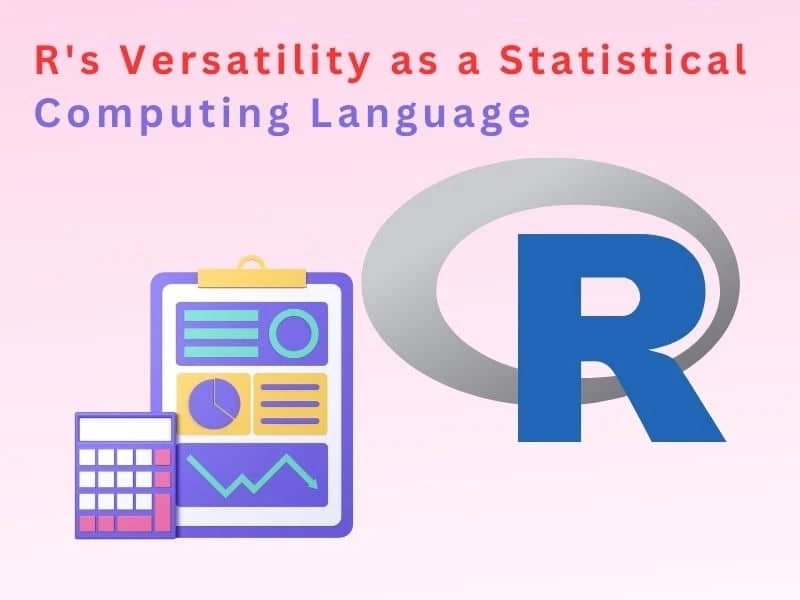The power and versatility of R, the open-source software, has been gaining traction as one of the most widely used statistical computing languages today. Whether you’re a data analyst, statistician, or scientist R is the powerhouse language for data analysis, graphics, and high-performance statistical computing.
R is not only a scalable and extensible language, but it is also easy to learn and use because of its syntax. Even those with limited knowledge can begin to understand R by following along with the syntax which can help them understand the concepts quickly. With a variety of packages and libraries available for use in R such as dplyr and ggplot2, users are able to easily analyze datasets and create stunning graphics for visualizing their results. Customizable code also gives users more flexibility when exploring data.
One of the biggest draws to using R is its visualization capabilities. With a few lines of code in R you can create compelling visuals like heat maps and scatter plots that allow you to gain better insights into your data than ever before. This allows you to spot patterns quickly while helping you better communicate your findings with others.
Overall, R’s versatility as a statistical computing language makes it an invaluable tool for any data analyst or scientist looking to quickly explore their data. With easily customizable code, wide-ranging packages and libraries available for use, and powerful visualization capabilities – anyone wanting to use great insight into their data should look into using R!
Applications of R in Business and Research
R is not only used for basic computation and statistical analysis it can also be used to develop custom software applications. This makes it a great choice for businesses who need custom solutions to solve data related tasks. It\'s also an excellent tool for researchers who need powerful computing resources to analyse data from their studies.
When it comes to data analysis, there are few tools more power and versatile than R. The language is capable of conducting complex statistical analysis, conducting machine learning algorithms, building predictive analytics models, creating interactive visualizations with graphical packages like ggplot2, and even creating business intelligence dashboards/reports with shinyapps.org or Shiny Server Pro.
R is also an ideal application for various research fields, such as medicine and biology. With R, researchers can quickly prototype new analyses on large datasets without the need for expensive software licenses or servers. Furthermore, R\'s ability to create beautiful visualizations makes it easier to interpret research results or convey findings in a concise and digestible format.
In summary, R is a powerful open-source programming language that provides incredible flexibility when it comes to analysing and visualizing data. Its capabilities allow businesses to build custom solutions that better meet their needs while researchers can quickly prototype new analyses without expensive software or servers needed.
Multiplatform Availability and Accessibility
For beginners to R, the language supports both GUI (Graphical User Interface) and IDE (Integrated Development Environment) interfaces, as well as script-based language functions. This makes learning R easy as it gives users multiple access points you can select and learn whatever interface best suits your experience level and skill set! The R community provides a wealth of resources available online to help you get started, no matter if you are diving into your first session or brushing up on existing skills.
One of R\'s most attractive features is its graphical output tools that allow users to quickly and easily visualize their data in a variety of ways. From plotting graphs and charts to creating dynamic images with geometric shapes – these tools provide endless options for visual representation of information. Not only do these graphic displays simplify the analysis process, but they also make presentation material look sleek and organized – perfect for any professional or academic setting!
Overall, R is an incredible tool that melds powerful computing capabilities with accessibility and ease-of-use – something not always easy to come by in statistical software solutions. It\'s open-source availability makes it free for everyone which makes this versatile powerhouse even more appealing.



